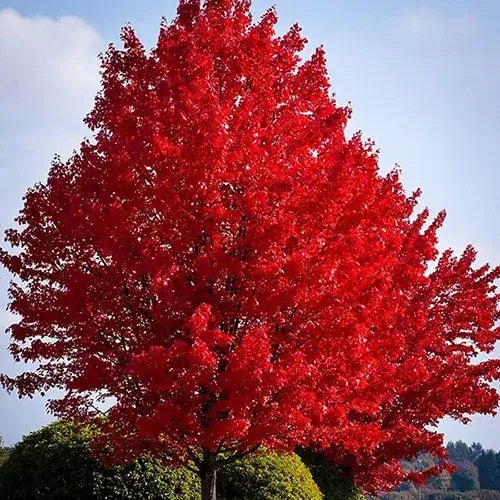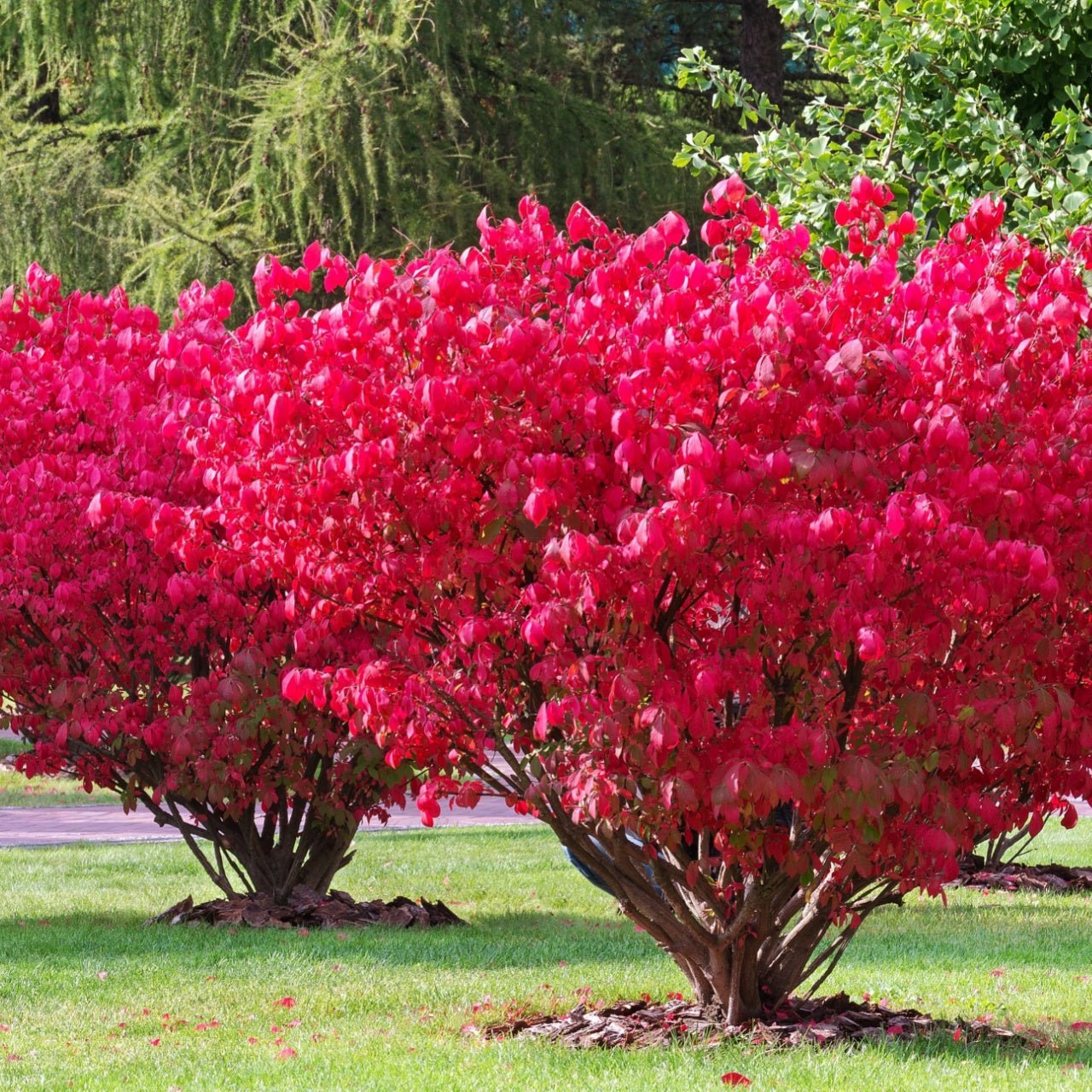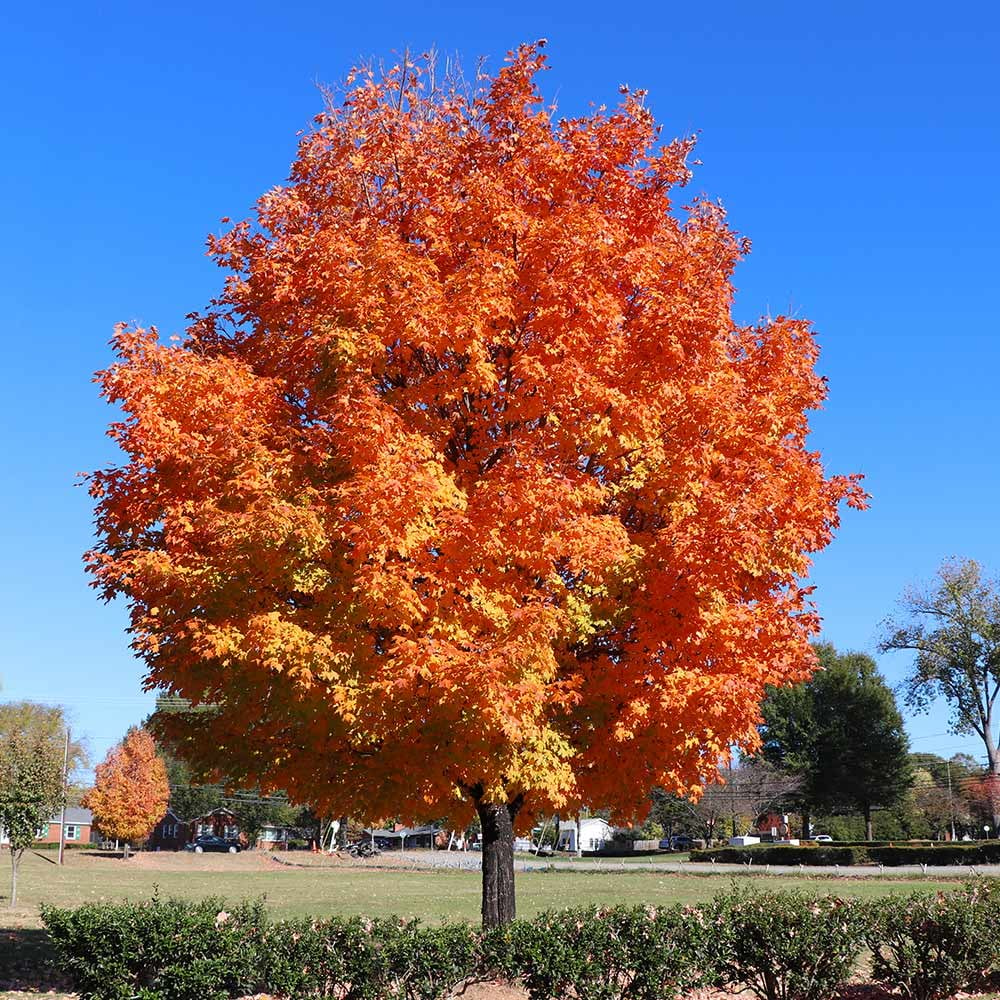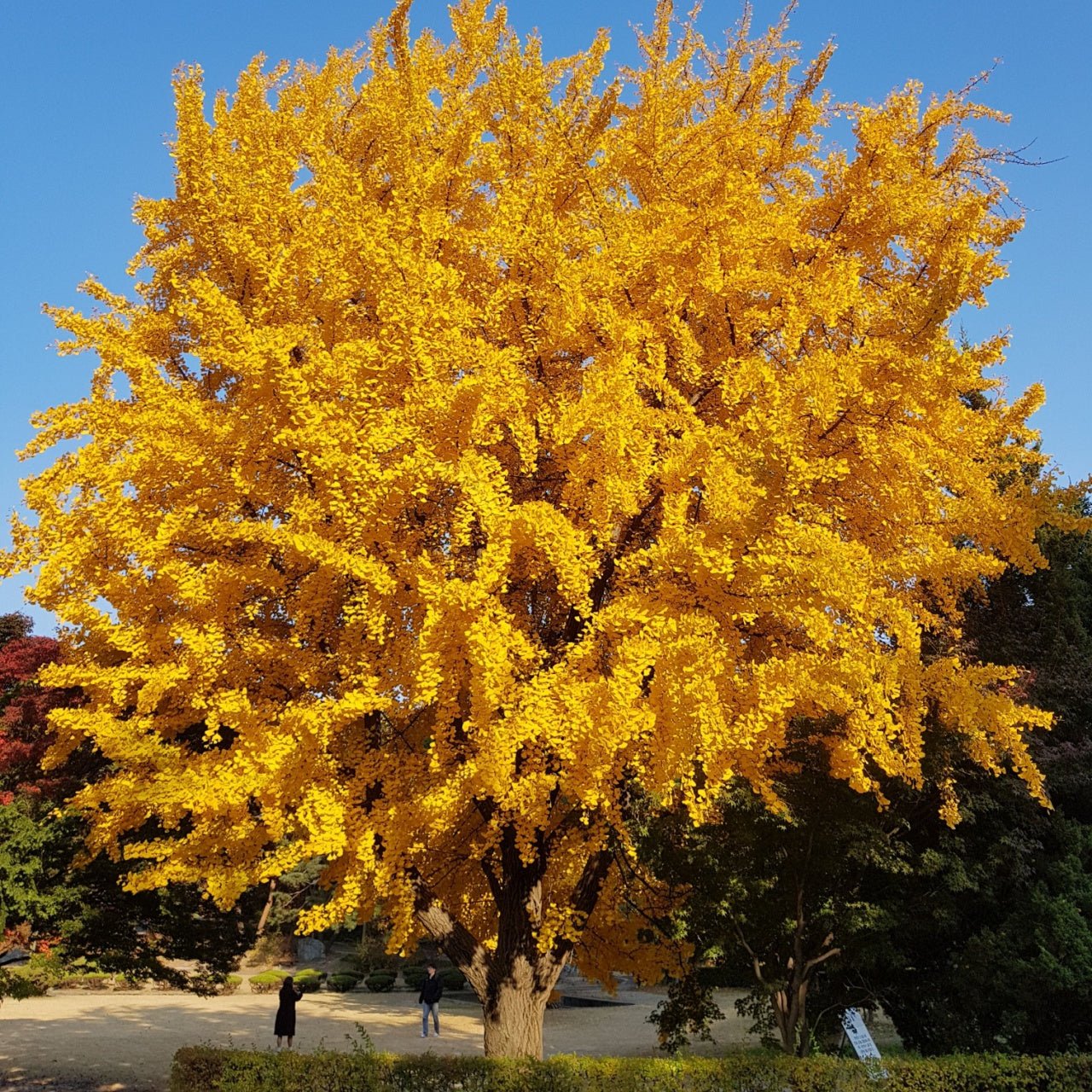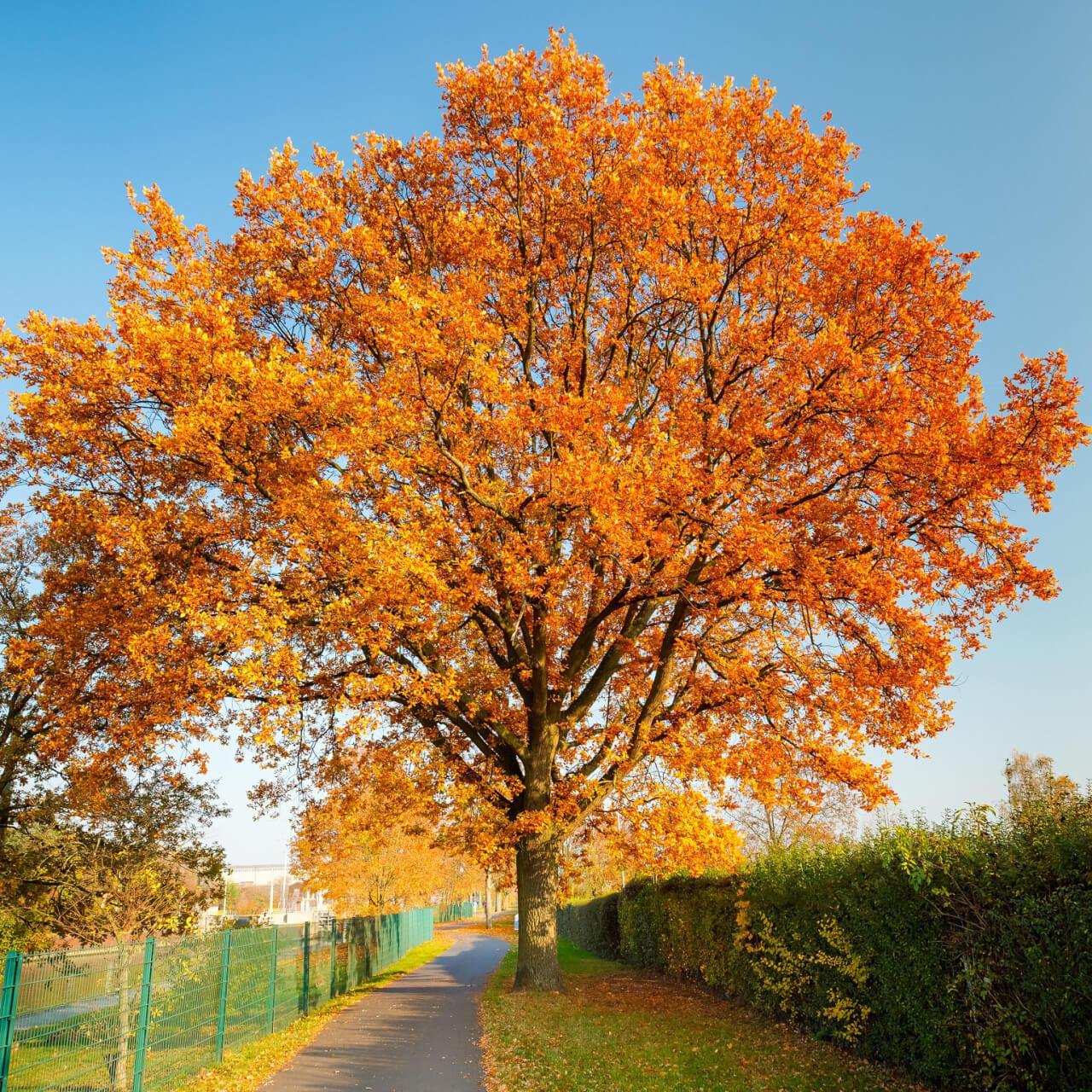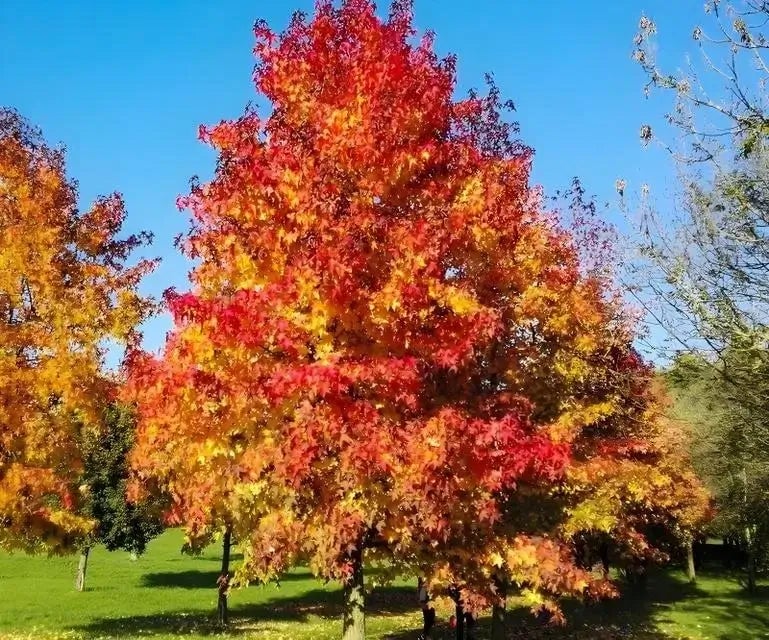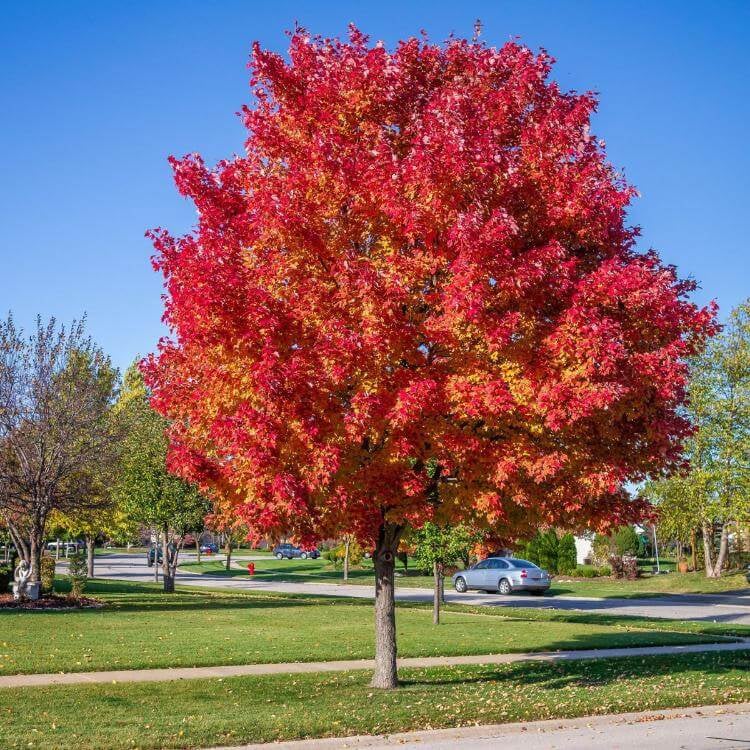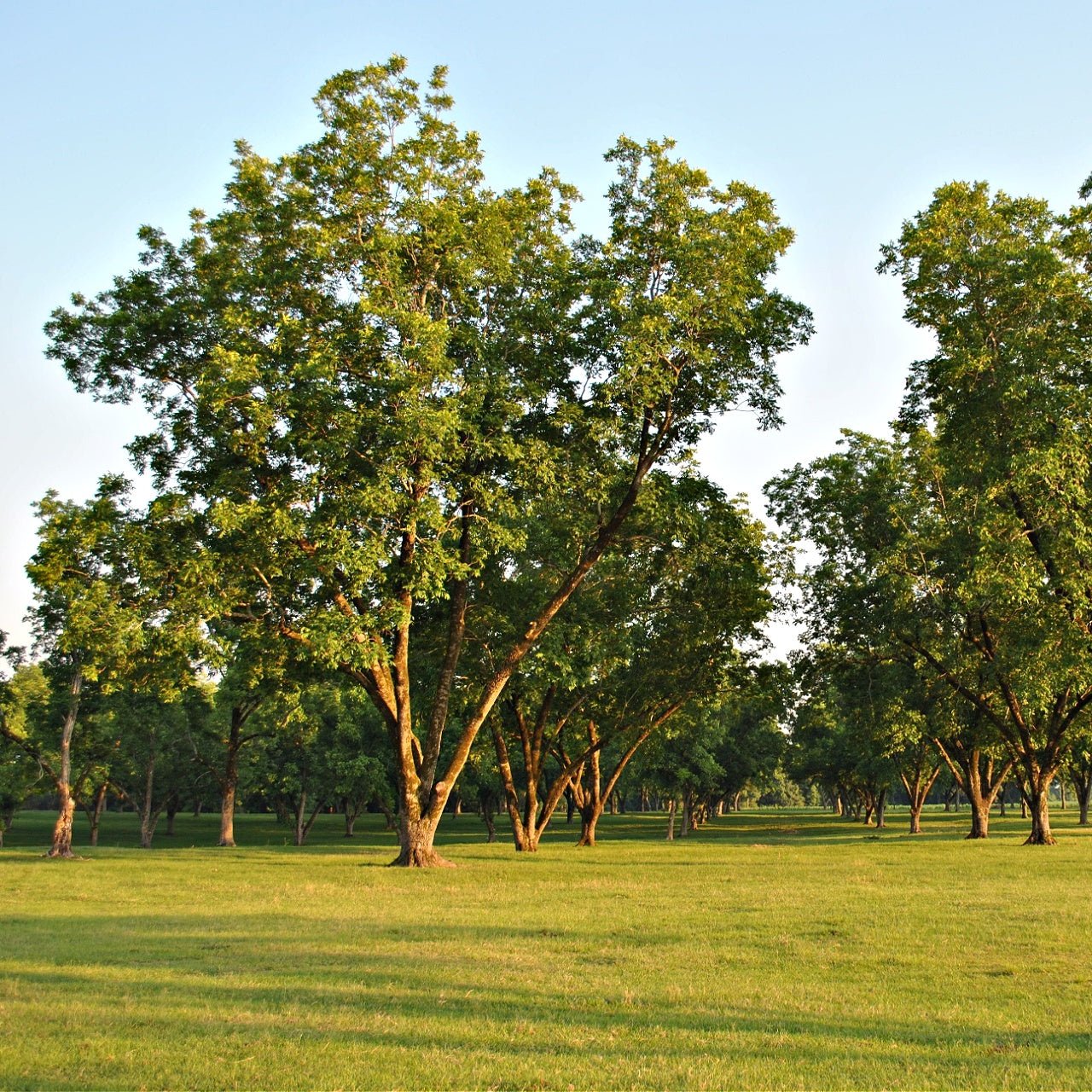Filters
Love Vibrant Foliage Trees? At TN Nursery, you can fall in love with their lush colors and rich leaves. For more than three generations, we have connected gardeners with them and the plants they need. We offer the lowest prices around with grower-direct services, and we promise a 100% guarantee for a year on our vibrant foliage trees.
Get Ready For Fall With Vibrant Foliage Tree
As the air gets chilly and days shorten, nature shows off the most beautiful and vibrant colors. The mesmerizing transition from the lush greenery of summer to the rich, vibrant foliage of fall is sure to captivate everyone's attention. That is the beauty of autumn when trees cover themselves with autumn palettes. Besides the beauty, these trees bring several benefits.
These autumn foliage plants and trees enhance the visual appeal of your garden and symbolize change and the passage of time. More importantly, autumn trees play a crucial role in sustaining wildlife and supporting the ecosystem during times of scarcity by providing food and shelter.
We have you covered if you are looking for aesthetically pleasing fall trees that turn into vibrant foliage. From bright yellow-orange blooms of sourwood to red foliage of oak, T.N. Nursery features a range of fall foliage for sale.
Featured Autumn Foliage Plants Trees
At TN Nursery, you will find a range of autumn foliage plants and trees to enhance your garden's visual interest and enjoy the advent of fall. These trees are known for their fall hues that provide warmth as the air gets chilly.
Sugar Maple Tree, or Acer Saccharum, features bright yellow, orange, and red leaves. The tree is native to North America, and its sap is famously used to make maple syrup. Not only is this tree prized for its sap, but it also provides food and shelter for an array of organisms.
Red Maple Is A Stunning Vibrant Foliage Tree
Red Maple Trees feature stunning spring scarlet blooms. They are fast-growing flowers that can reach 60 to 90 feet in height. This tree produces early pollen that supports bees and other pollinators.
In addition to these vibrant foliage trees, you can discover Sassafras Tree, Burning Bush, Tulip Poplar Tree, Black Gum, and Sycamore Tree in our fall foliage for sale collection.


